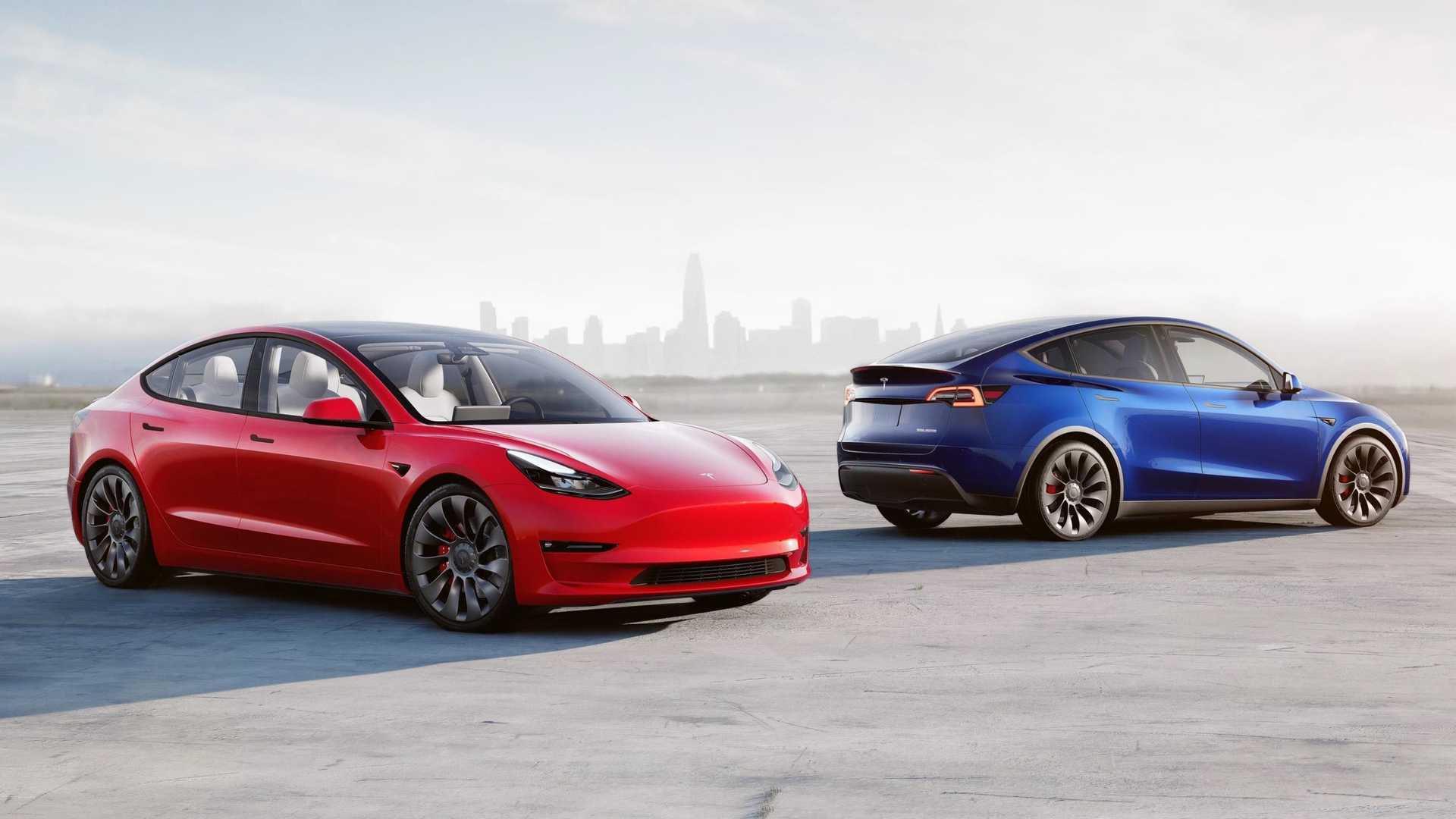
In California, where low- and zero-emission vehicle adoption rates are high relative to most of the U.S., citizens may already be feeling the health benefits of cleaner air. One of the first studies suggesting that ZEVs are associated with real-world drops in respiratory issues and pollution has just surfaced, and it seems to offer an important confirmation of what many have already predicted.
 |
Above: A highway in Central California (Image: Simon Hurry / Unsplash).
A new study published by the Keck School of Medicine at USC suggests that the increased prevalence of electric vehicles in California is already driving “observed health and air quality co-benefits,” especially in vehicles with high EV density (via electrek). The new study looked at real-world data on pollution, electric vehicle density, emergency room visits from 2013-2019, and it controlled against general air quality improvements during the study’s period.
What it found was that, perhaps unsurprisingly, clean air vehicles such as hybrids and ZEVs made air cleaner and resulted in fewer respiratory problems, and benefits were observed to be increased in areas with higher densities of EVs.
Technically speaking, for every 20 ZEVs added to a community per 1,000 people, the study showed a 3.2-percent decrease in asthma-related emergency visit rates, as well as a marginal decrease in NO2 levels. Across state zip codes, ZEVs averaged increases from 1.4 to 14.6 units per 1,000 people during the years studied, showing overall adoption to have increased substantially.
“The impacts of climate change on health can be challenging to talk about because they can feel very scary,” said Sandrah Eckel, PhD, senior author of the study and an associate professor of population and public health sciences at the Keck School of Medicine. “We’re excited about shifting the conversation towards climate change mitigation and adaptation, and these results suggest that transitioning to ZEVs is a key piece of that.”
The study also found EV adoption most prevalent in low-resource zip codes, and the team points out that these health benefits and reductions in pollution may apply most in wealthy communities.
The study notes that this gap, dubbed “the adoption gap” by the research team, threatens the equitable distribution of benefits to underserved communities. Coupled with a history of past research showing pollution and respiratory problems to be worse in lower-income neighborhoods, the study points out that lower-income communities stand to benefit even more from EV adoption than the general population.
Still, as ZEVs continue to evolve into, hopefully, more and more affordable products, the study seems optimistic in corroborating expectations that cleaner air will likely continue to result in fewer respiratory problems on a community level.
“When we think about the actions related to climate change, often it’s on a global level,” said Erika Garcia, PhD, MPH, the study’s lead author and assistant professor of population and public health sciences at USC’s Keck School of Medicine. “But the idea that changes being made at the local level can improve the health of your own community could be a powerful message to the public and to policy makers.”
“Should continuing research support our findings, we want to make sure that those communities that are overburdened with the traffic-related air pollution are truly benefiting from this climate mitigation effort,” Garcia added.
Sources: ScienceDirect / University of Southern California / electrek; Note: You can read the full press release on the study from USC's Keck School of Medicine here.
===







